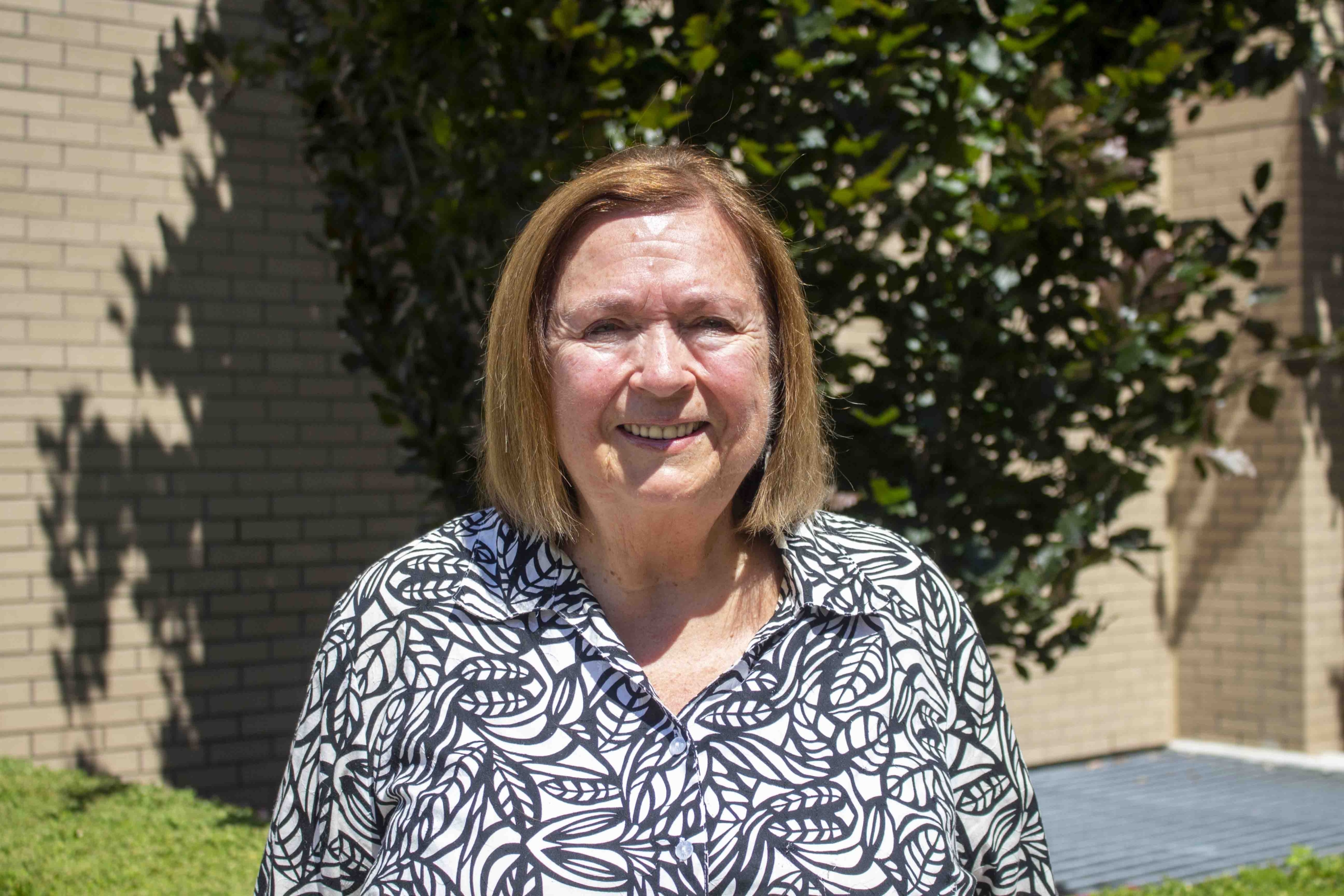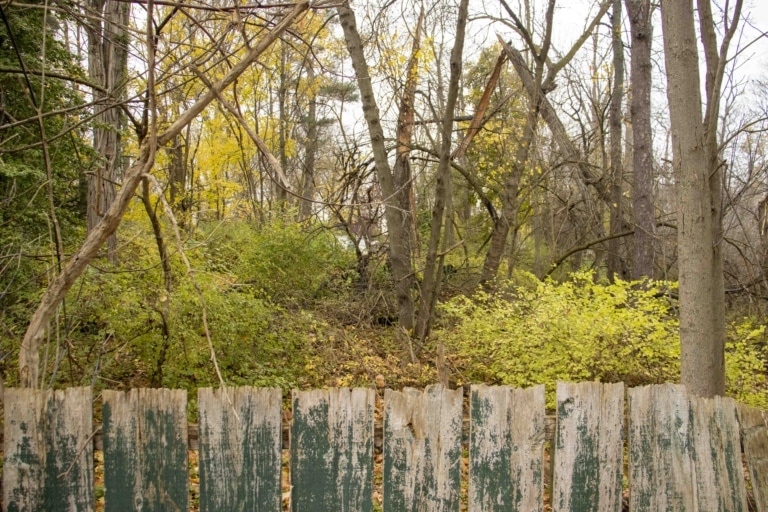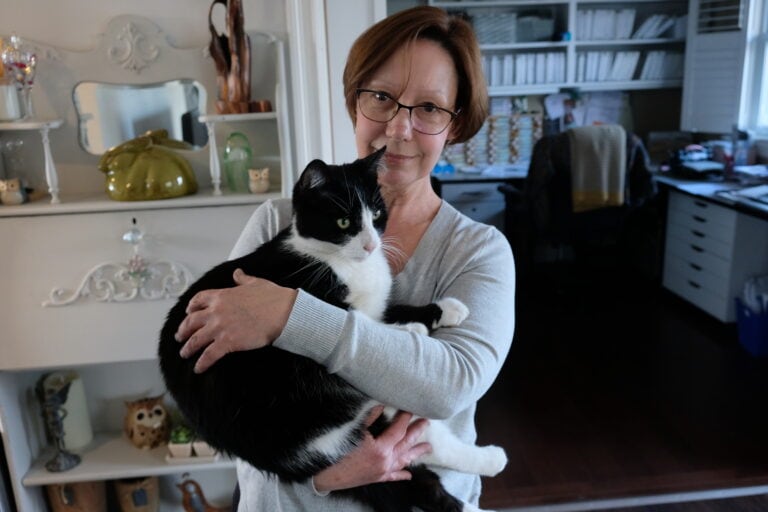Town’s per capita ratio of doctors is well below national average, and countries like Iraq
While far from having the highest rate, Canada boasts one of the better medical doctor-to-patient ratios in the world.
But Niagara-on-the-Lake isn’t keeping up.
According to the World Bank, Canada has an average rate of 2.4 doctors for every 1,000 citizens.
NOTL’s ratio falls less than one-quarter of the national average, with about 0.52 doctors per 1,000 residents, according to research done by The Lake Report.
There are only 10 registered medical doctors working in a town with a population of more than 19,000. All of the doctors are associated with the Niagara North Family Health Team as far as The Lake Report could find.
If NOTL was a country, it would rank lower than nations like Iraq, Gabon and American Samoa in terms of access to a doctor.
Coun. Sandra O’Connor has the problem in her crosshairs and has begun working with several organizations in town as well as fellow politicians to right the ship.
“We have to start planning for the future, right now,” she said in an interview.
O’Connor is working behind the scenes to bring a nurse practitioner to NOTL, which she said is the first step toward improving health care infrastructure in town.
There are nurse practitioners with the Niagara North team but only patients registered with the group have access to them.
And the family health group has a waitlist for new patients.
But O’Connor said bringing in a nurse practitioner is within reach and conversations are going well with Niagara Health to do so.
“We’re trying to cross the T’s and everything as to where the individual will go and who will be managing that position,” she said.
“We’re in negotiations at the moment at that level. So, it’s not about (will) we get it, it’s about the details on how the position should be routed or managed.”
The plan is to bring in a nurse practitioner who can run a walk-in clinic, something that does not really exist in NOTL.
O’Connor stressed that it won’t be the town providing health care. She is working to figure out what organization’s umbrella the walk-in clinic and nurse practitioner can fall under.
Lord Mayor Betty Disero said a previous nurse practitioner who worked in the town was redeployed due to COVID-19 but Niagara Health told her they are ready to provide another.
“But we just need to find a place for her to practise,” Disero said in an interview.
“We’re working on trying to get a structure together to get her or him back into Niagara-on-the-Lake.”
Getting a nurse practitioner is only the beginning of O’Connor’s desire to improve NOTL’s health care.
“To me, it’s a health care infrastructure issue, which is much bigger. So personally, I would like to continue once we get (a nurse practitioner).”
An argument could be made that not as many doctors are needed in NOTL because of the proximity of the urban centres of St. Catharines and Niagara Falls but that doesn’t cut it for O’Connor.
“That’s the problem,” she said.
“It’s not ideal, particularly those who don’t have transportation. They’re having to find a way to get to a doctor that’s in Niagara Falls or St. Catharines or get to the hospitals for medical treatment.”
Mary Keith, executive director of the Niagara North Family Health Team, highlighted that travelling to a neighbouring city may not even be an option right now.
“Yes, there is a shortage of doctors – not only in NOTL but across all of Niagara,” said Keith in an email.
And there have been difficulties attracting a new physician to NOTL. The Niagara North team has one vacancy for an MD.
“I believe that everyone should have access to a primary care physician and the fact that we have been unable to attract a physician to the team is frustrating.”
Keith said the lack of focused care from a personal doctor can be detrimental.
“Reliance on walk-in clinics, in my opinion, negatively influences continuity of care,” she said.
Compounding the problem is NOTL’s large senior population. People here over age 65 comprise 30 per cent of the population, the most of any Niagara municipality, O’Connor said.
“That number is significant because the older you get the more complex your health issues are and the time you’re going to need during a doctor’s visit or the frequency of those visits is greater.”
O’Connor said the Niagara North team told her 6,000 NOTL residentsare not registered with a doctor locally.
This means NOTL’s doctors are seeing roughly 1,300 patients each.
O’Connor already has one possible solution in mind for the doctor shortage.
“Fort Erie has their own committee devoted to trying to attract doctors there. Is that something we should be looking into?” O’Connor said.
Keith said attracting new physicians is complicated and the factors making it difficult are not fully understood.
“Factors such as billing and reimbursement changes for family doctors by the government have made family practice less attractive. There is a financial commitment to having a practice,” Keith said.
“I think we need to understand more fully what the barriers are to attracting physicians to the area and if there are things that we can do as a community or team to address these barriers.”
“Or, if there are issues that we cannot address, do we have avenues to facilitate change at a higher level?”
O’Connor said the issue will only grow more pressing as development ramps up in Glendale, which could see NOTL’s population doubled over the next two decades.
While she said she has always been interested in health care advocacy, O’Connor became particularly involved when she fought against the closing of NOTL’s only hospital in 2014.
“The council of the time, they didn’t feel like they should get involved in health care issues.”
“We shouldn’t be providing it but we have to advocate, in my opinion, to have the appropriate health care infrastructure here for our people.”











